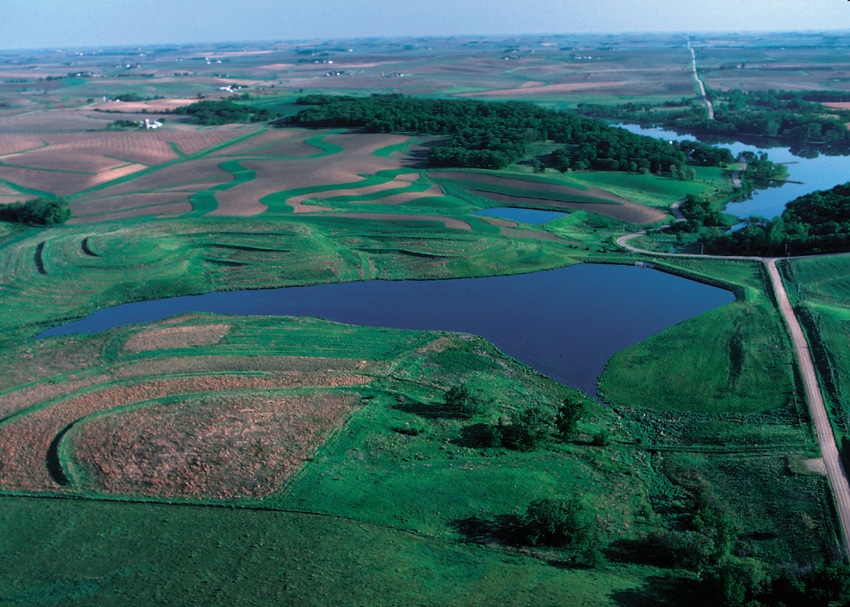August 21, 2018

It seems like “dollars spent” has become the new metric for reporting improvements in soil and water conservation. I totally agree, we should know how much money is being spent on protecting our natural resources, but I think “dollars spent” is a misleading way to report progress. Taxpayers are entitled to information that contains more specificity, such as tons of soil or pounds of nitrogen kept from entering water bodies.
Better yet, progress reporting should include efficiency information such as the cost of saving a ton of soil (cost/ton of soil), or the cost of averting nitrogen (cost/pound of nitrogen), from entering our water bodies.
Current reporting methods may sometimes go one step beyond dollars spent and provide the number of practices implemented. That doesn’t give us the full picture either, because we don’t know, with any degree of accuracy, the effectiveness of the practices.
Recently, the Iowa BMP Mapping Project issued a cumulative report on the number of practices installed;
114,400 pond dams.
327,900 acres of grassed waterways.
506,100 terraces running 88,874 miles.
246,100 basins covering 12,555 miles.
557,700 acres of contour buffer strips.
109,800 acres of strip cropping.
The report estimated the cost to install these practices would be $6.2 billion, using the value of today’s dollar.
Certainly, these numbers can be impressive. However, it is almost meaningless to know how many practices are applied, or the amount of money spent, if we don’t understand the individual or cumulative effectiveness of these practices. In all fairness, the goal of the Iowa BMP Mapping Project was probably not to determine the benefits of conservation work. But maybe it should it have been.
Let’s face it. As conservationists, it’s up to us to tell our story and promote the value of conservation practices that keep contaminants from entering waterbodies. It is essential we tell the public what they are getting for their million-plus dollar investment in clean water.
As stewards of taxpayer money, we should start reporting more meaningful metrics. I think we should figure out how to report:
tons of soil erosion prevented and the cost/ton of reducing erosion
reduction in pounds of nitrogen prevented from entering waterbodies and the cost/pound for the reduction
acre feet of flood water retained by structural practices
reduction in greenhouse gasses and the associated costs
Rarely, I find, is progress reported in meaningful metrics that highlight impacts. Without meaningful metrics how do we know if we are achieving continuous improvement with precision conservation? Without meaningful metrics how can we expect the public to continue to support soil and water conservation efforts? Let’s get better and start gathering the information that we need, and taxpayers need, to make better decisions.
https://www.iowaagriculture.gov/press/2018press/press01242018.asp
http://www.chesapeakeprogress.com/funding
The opinions of the author are not necessarily those of Corn+Soybean Digest or Farm Progress.
About the Author(s)
You May Also Like






